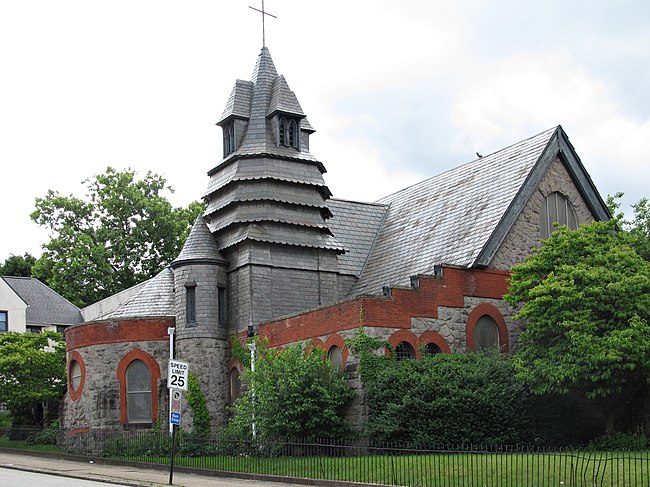
This is now the Carson City Saloon, because everything on the South Side eventually becomes a bar. But the whole building shouts “bank.” It’s built from classical elements like a Venetian Renaissance palace.

The date stone tells us that the bank was put up in 1896, with palm fronds signifying victory, and anti-pigeon spikes signifying “We hate pigeons.”

This ornamental ironwork is meant to evoke the balconies on a Renaissance palace, without actually being useful as a balcony.















